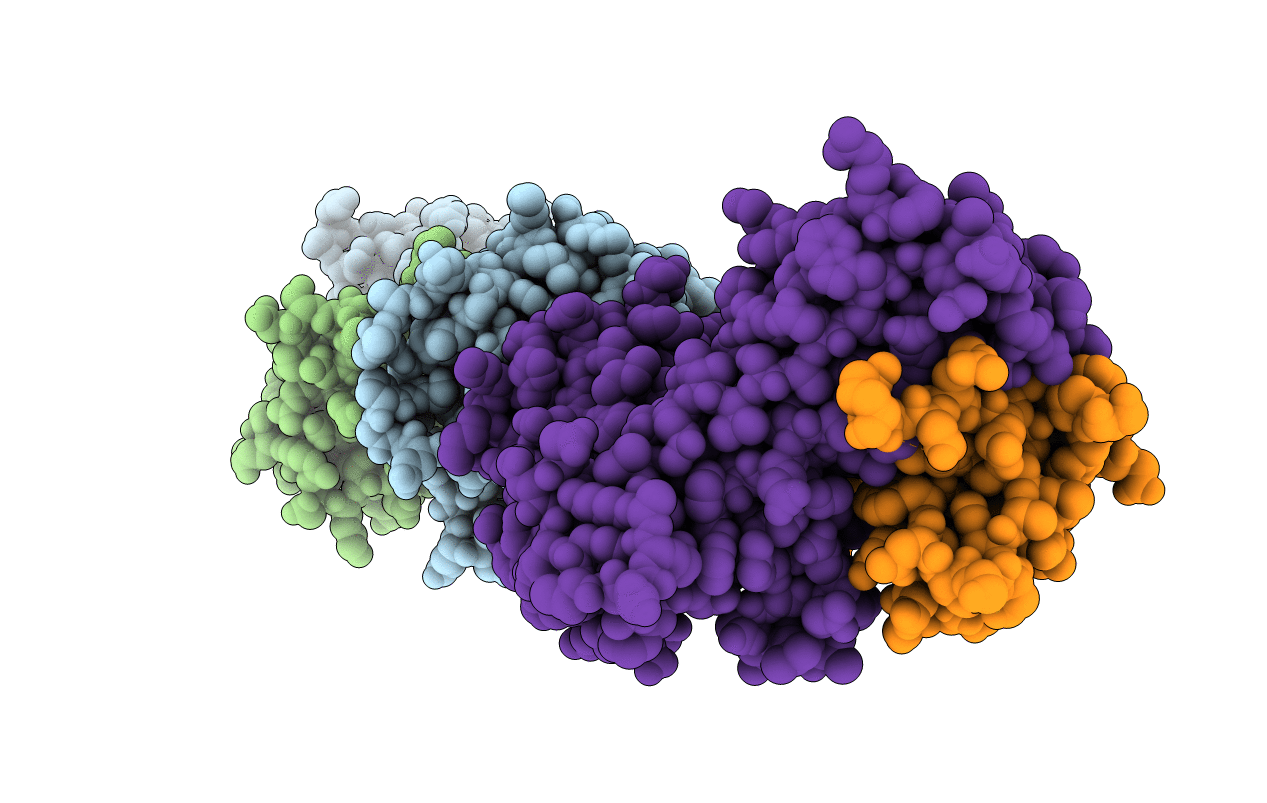
Deposition Date
2021-06-05
Release Date
2022-07-20
Last Version Date
2024-10-30
Entry Detail
PDB ID:
7N5C
Keywords:
Title:
6218 TCR in complex with H2Db PA with an engineered TCR-pMHC disulfide bond
Biological Source:
Source Organism:
Mus musculus (Taxon ID: 10090)
Homo sapiens (Taxon ID: 9606)
Influenza A virus (Taxon ID: 11320)
Homo sapiens (Taxon ID: 9606)
Influenza A virus (Taxon ID: 11320)
Host Organism:
Method Details:
Experimental Method:
Resolution:
1.87 Å
R-Value Free:
0.23
R-Value Work:
0.20
R-Value Observed:
0.20
Space Group:
P 1 21 1


